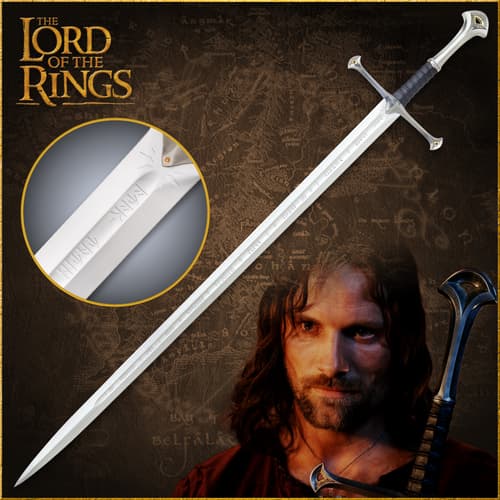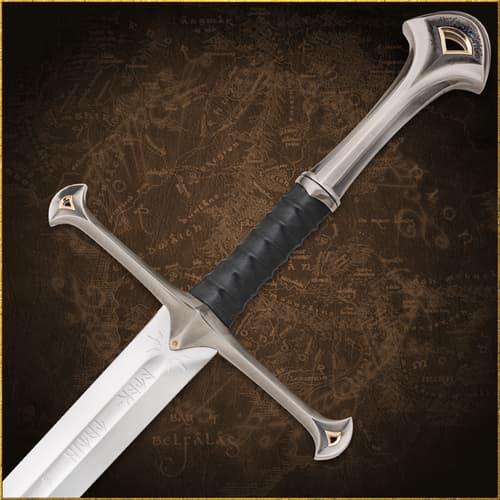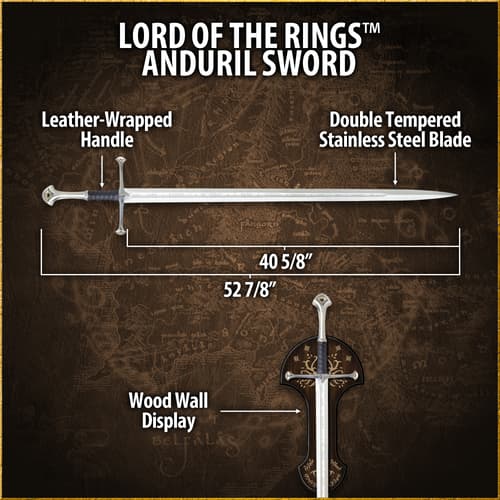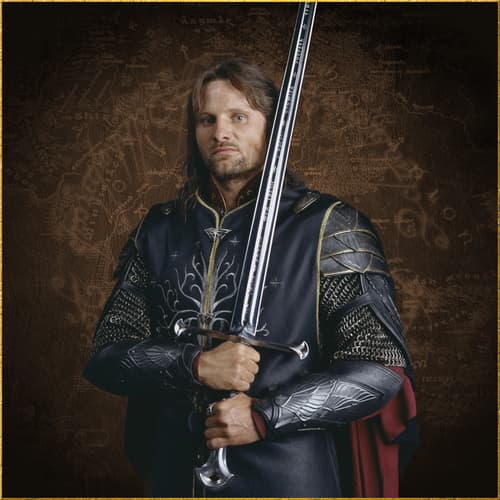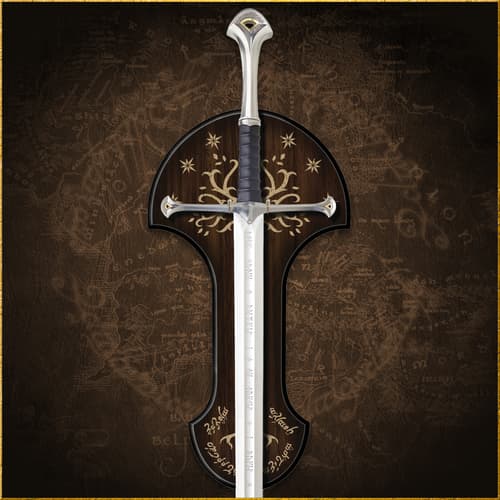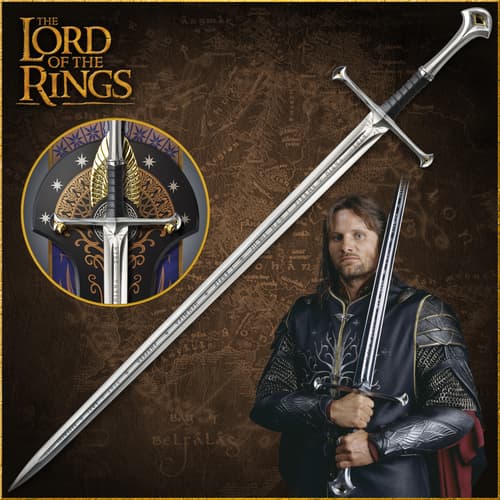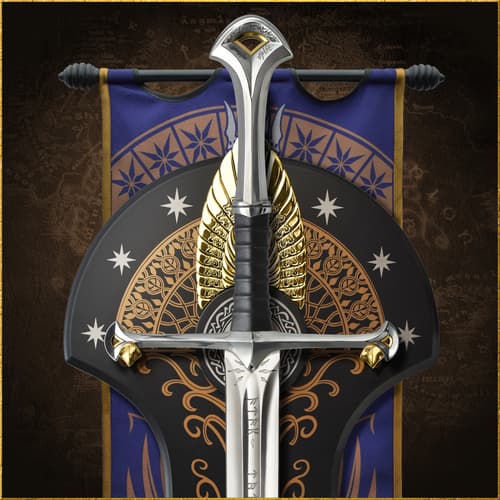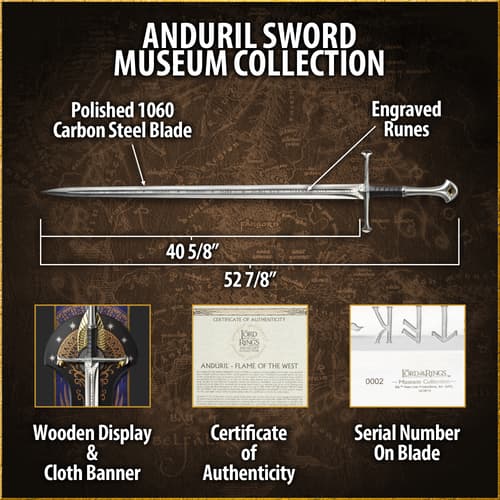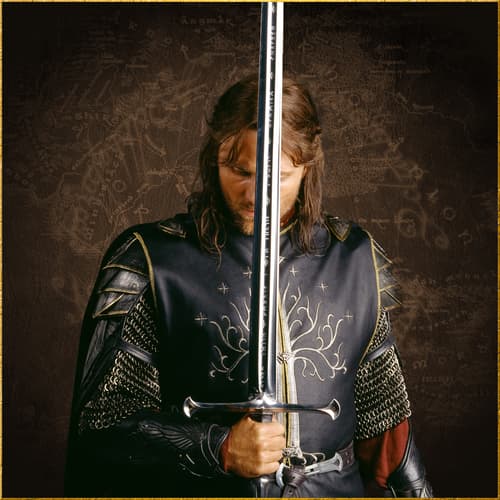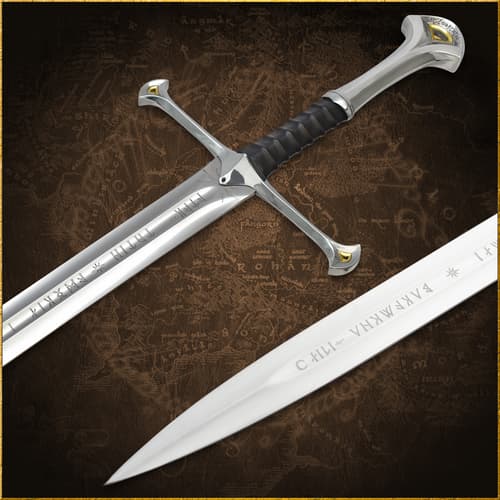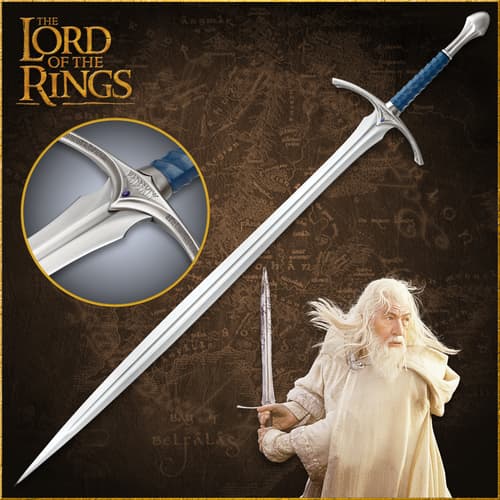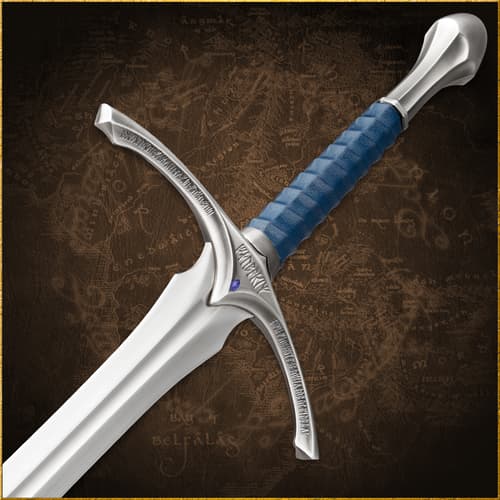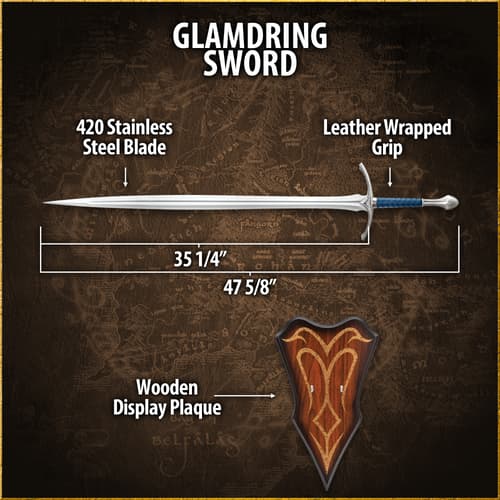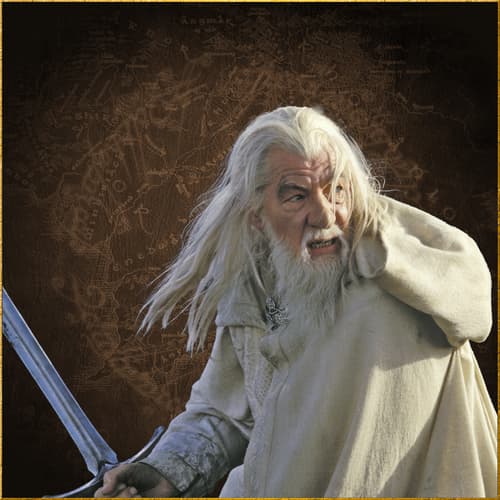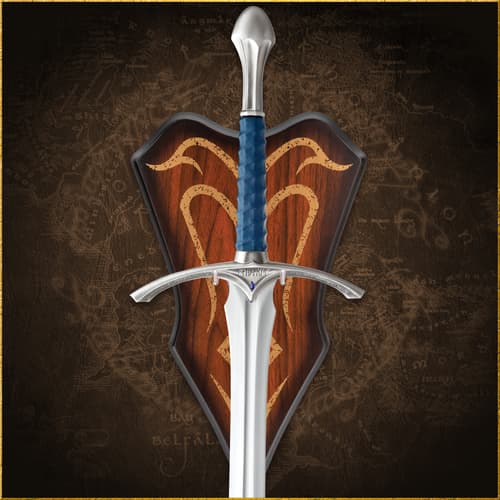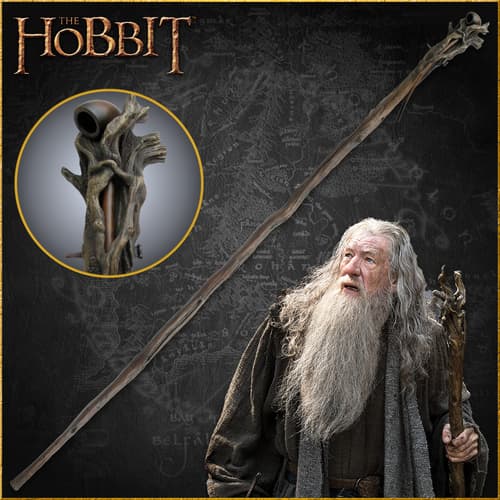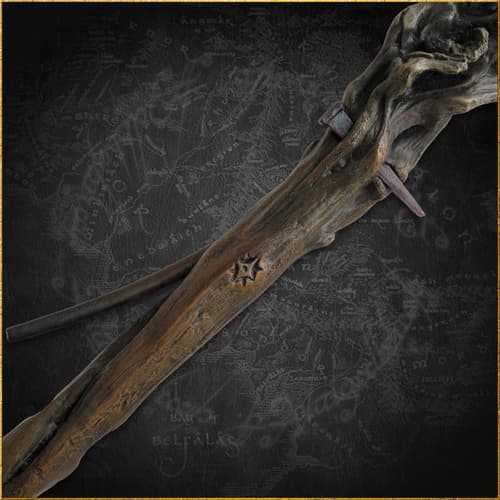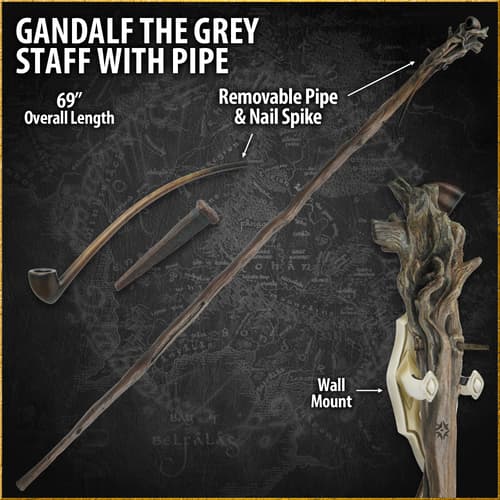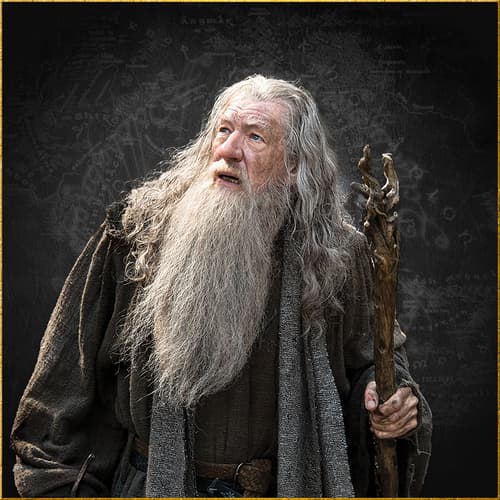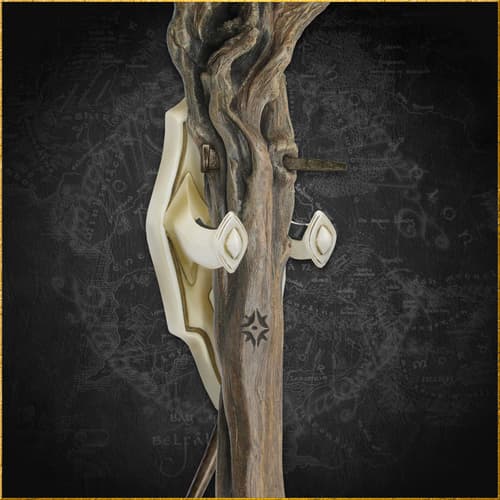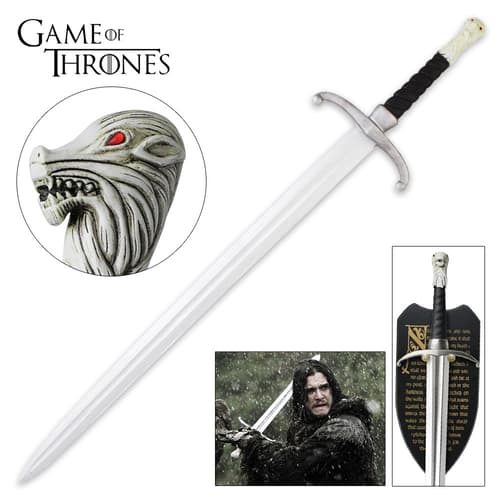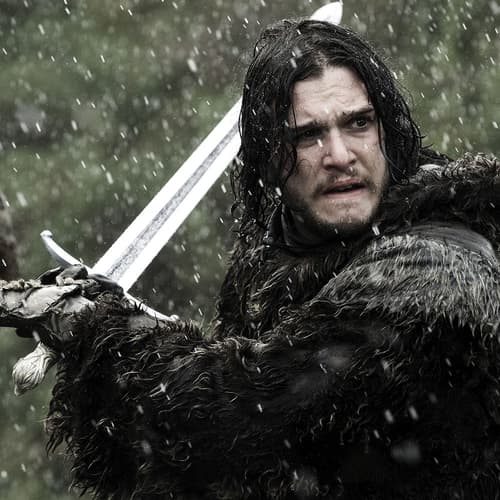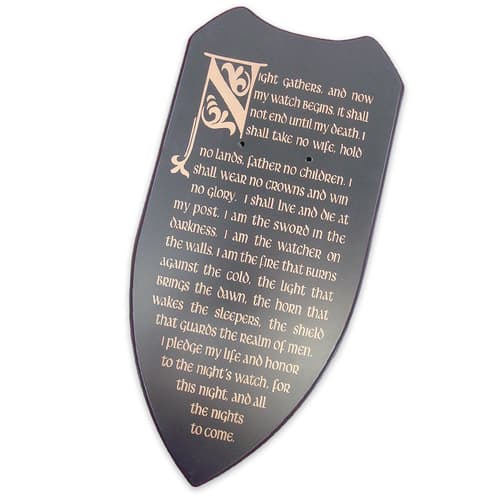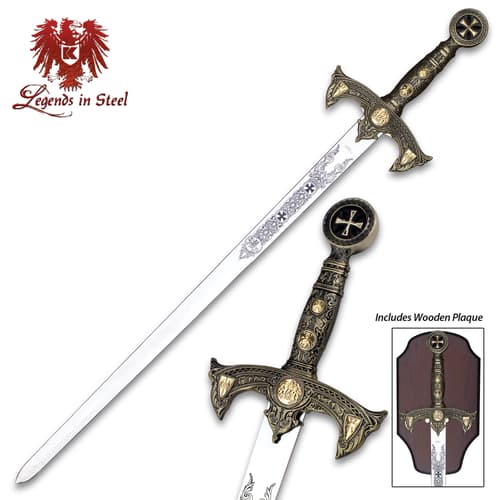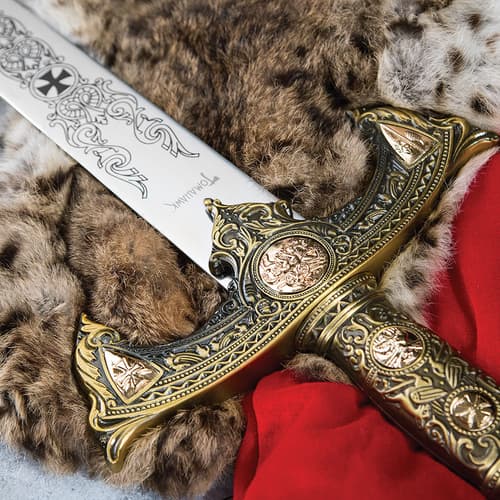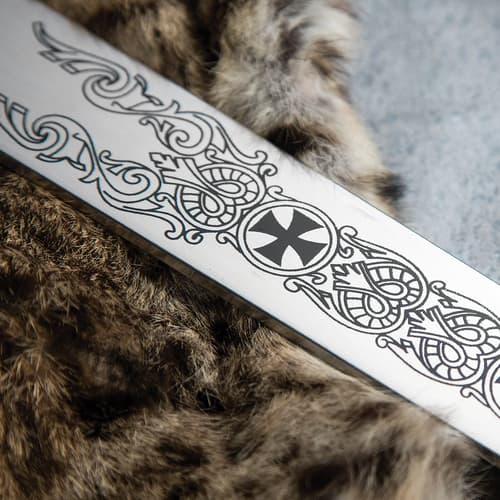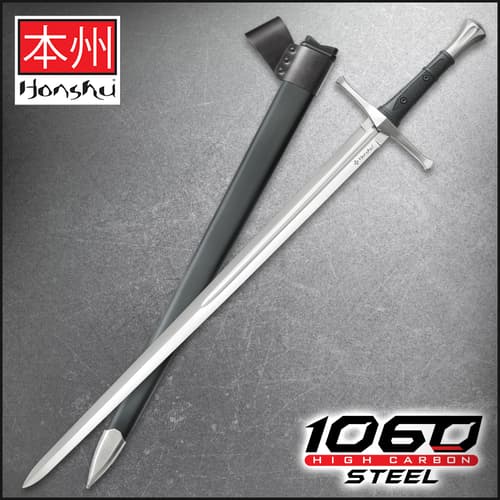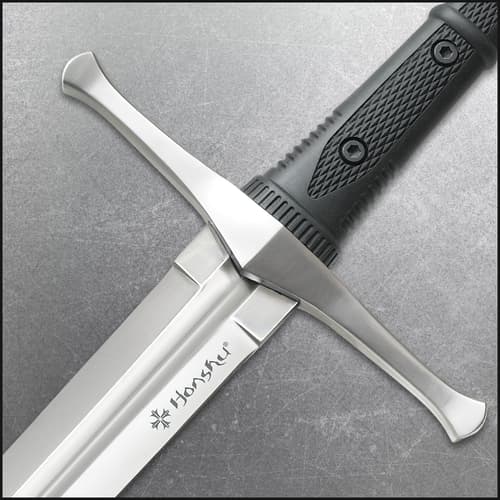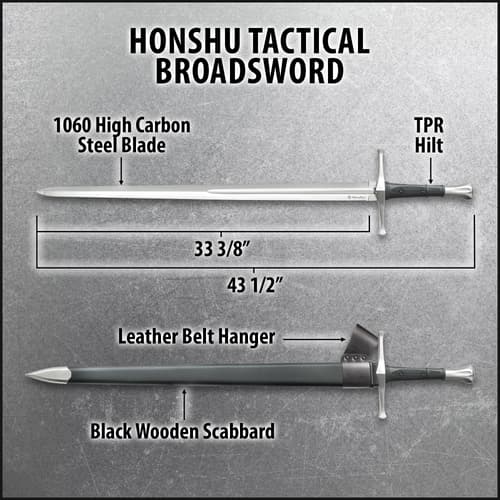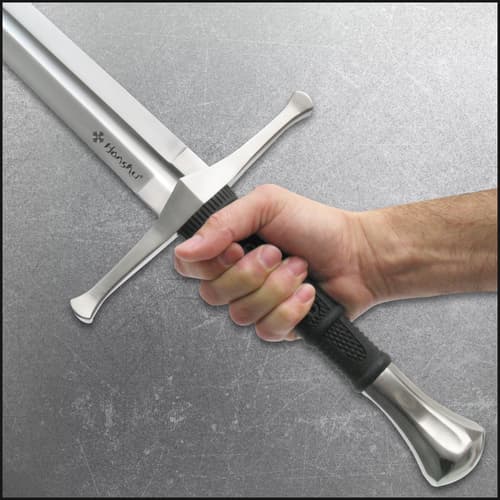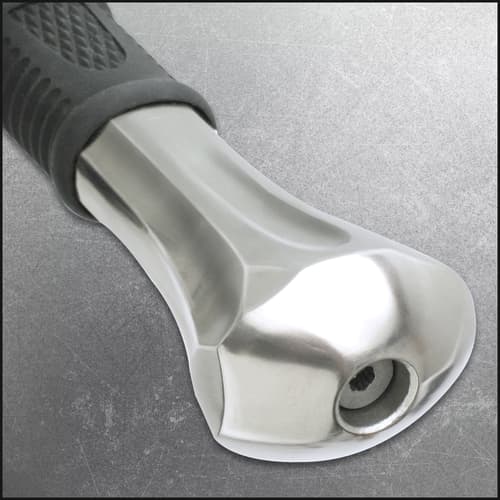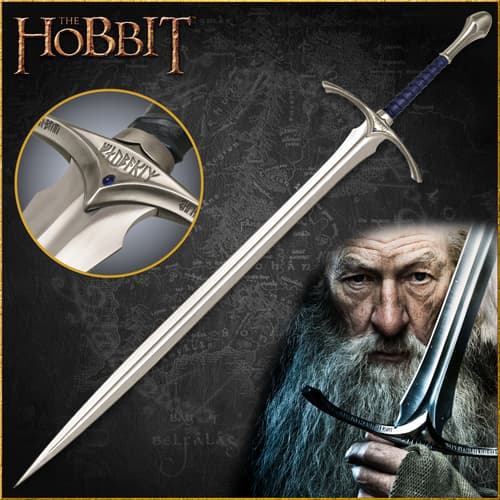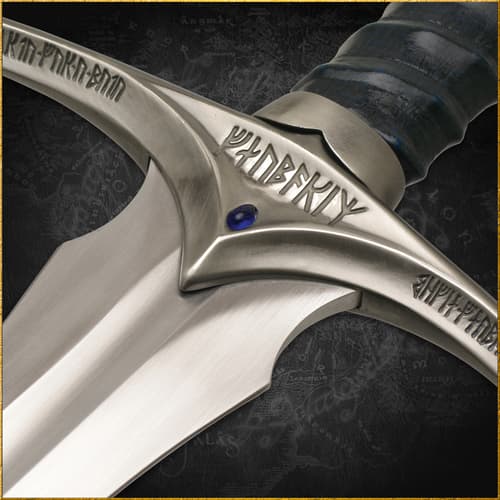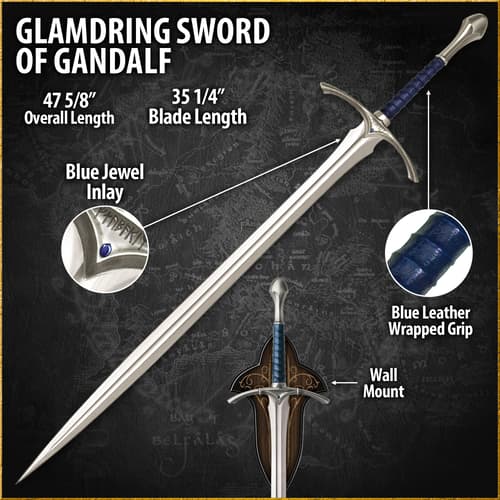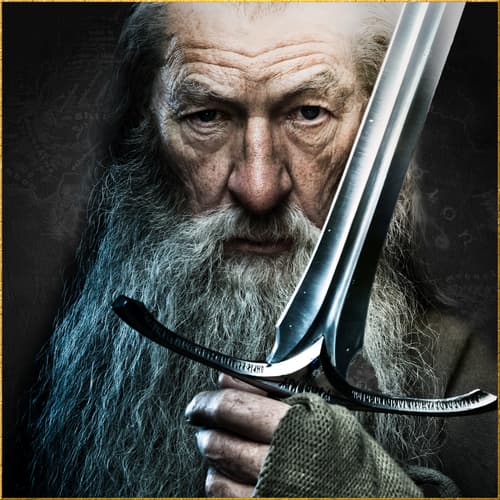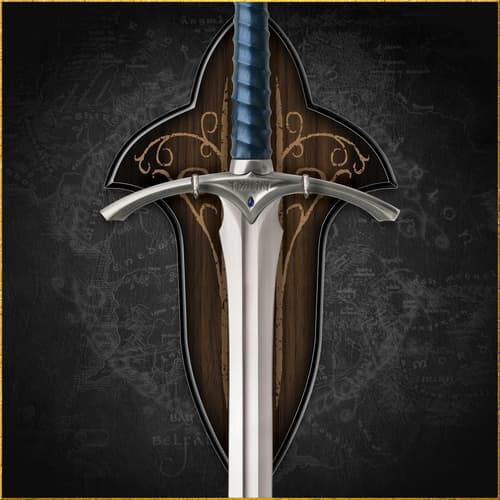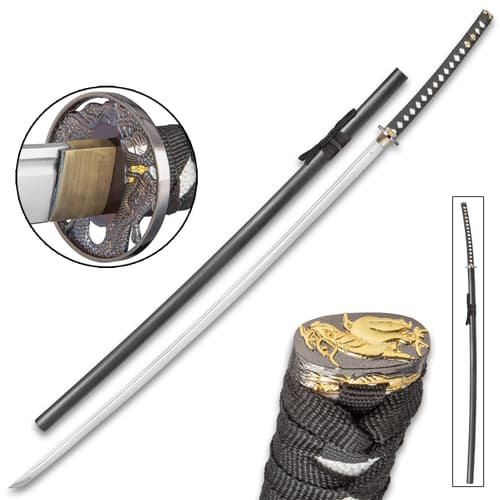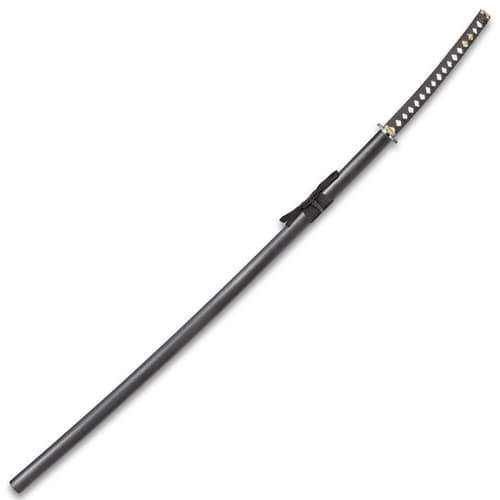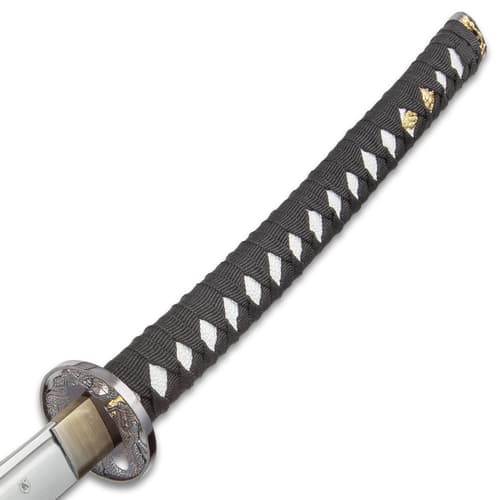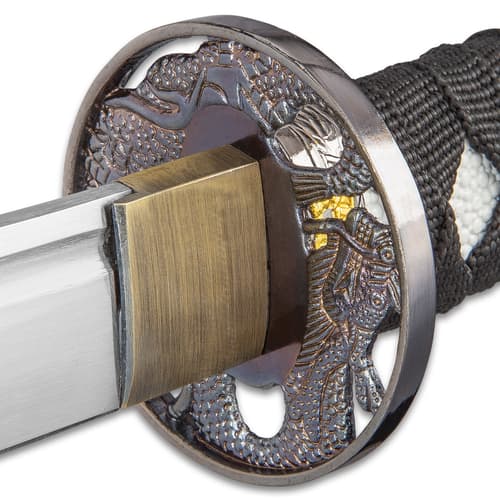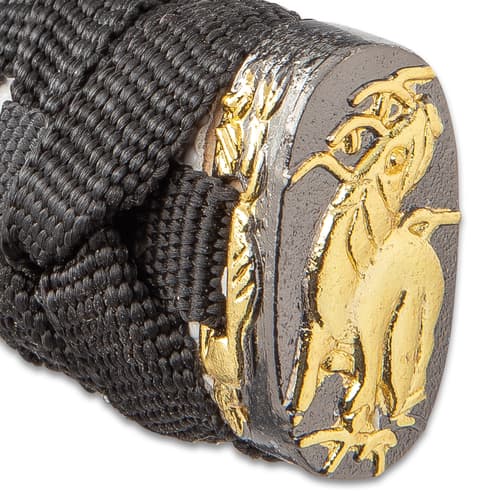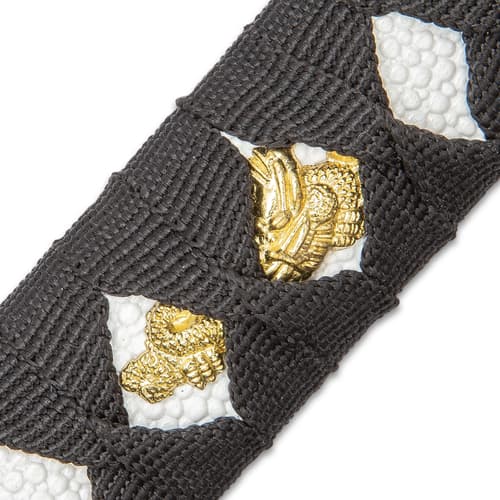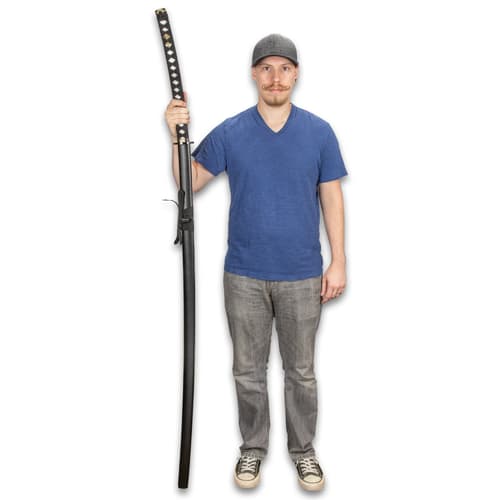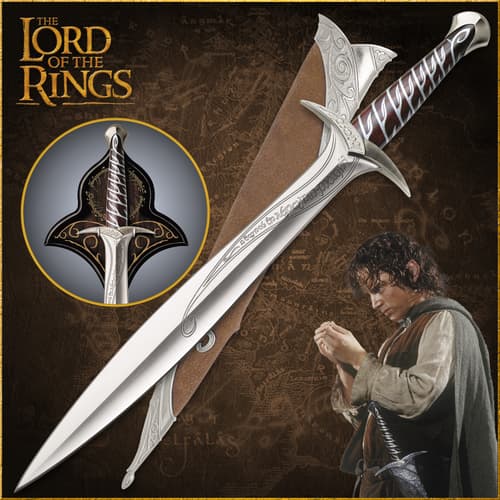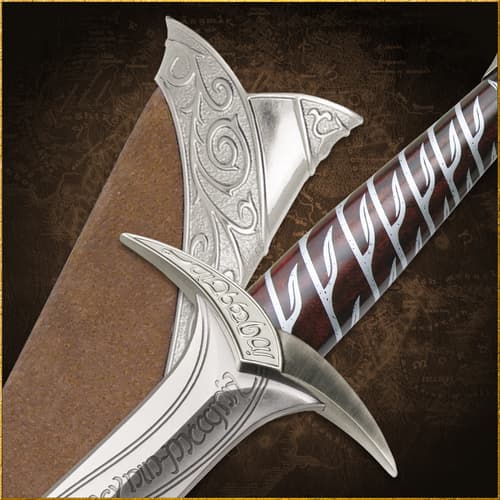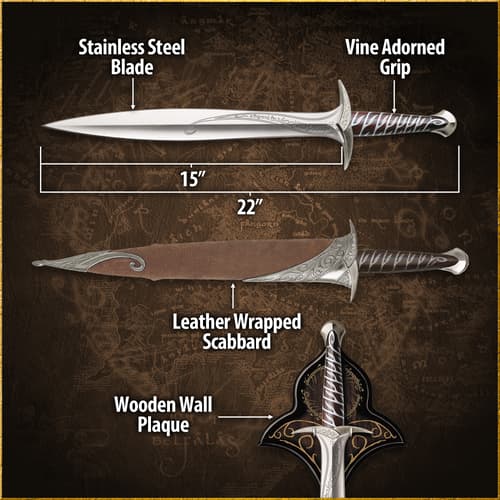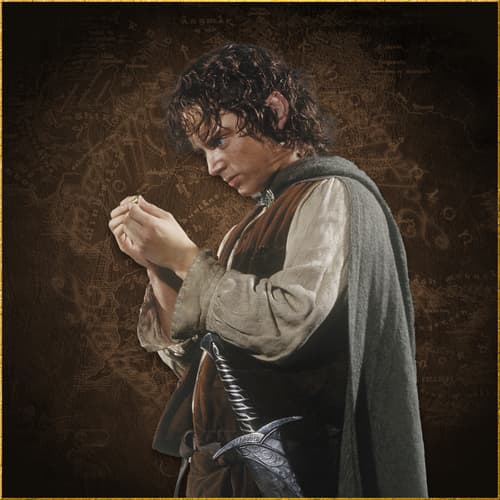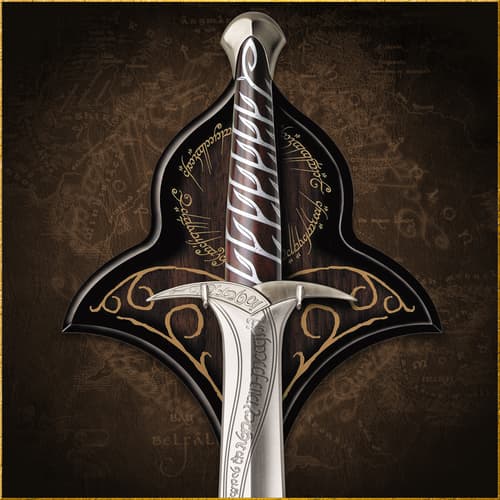Western Sword Stances, Guards, and Techniques
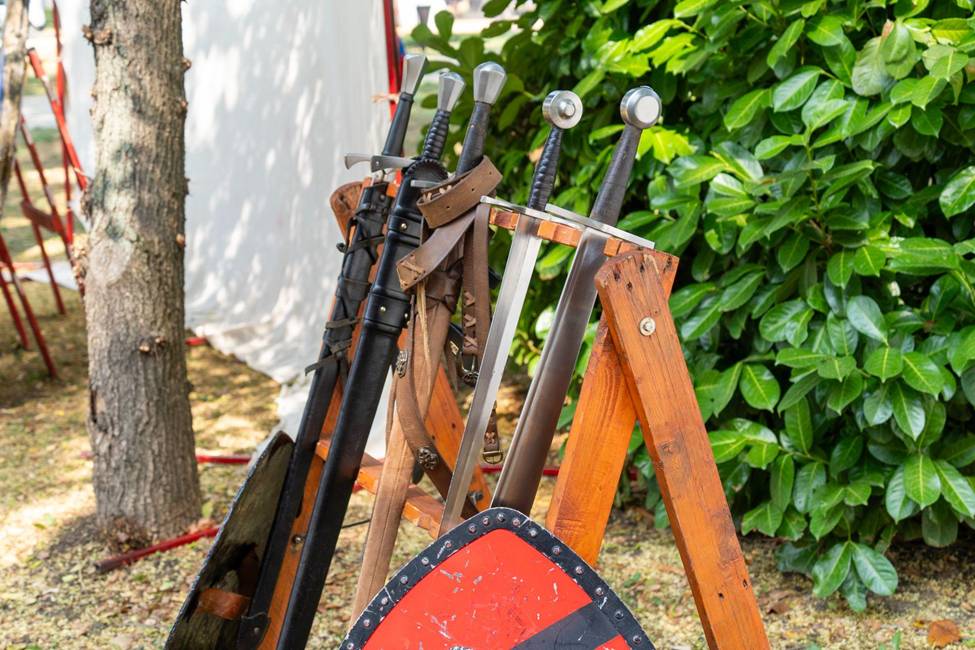

Let’s not mince words. There are some right ways to hold a sword, and there are many wrong ways. Moreover, understanding the stances and guards - not just how the sword is held, but how the body is positioned, is critical to understanding classic Western swordplay. This short post will break down some of the common stances and guards associated with medieval Western swordsmanship - which you might expect to use with a classical pattern like a Crusader sword or arming sword, or any other cruciform sword.
How to Hold a Sword
How you ultimately hold a cruciform sword like a Crusader sword is largely stance or guard-dependent, but there are two common ways to do so. In the first place, your dominant hand should grasp the hilt with your hand cupped up against the base of the crossguard. Keep your fingers under the guard to protect them from an opponent’s blade. The sword should be indexed so that the edge (or one of them) is aligned with the front of your knuckles, so that it is aligned with the arc of your swing.
As for your non-dominant hand, you want that a little lower on the hilt so that there is space between the two hands. This will afford much greater control of the sword. You don’t want your two hands stacked on top of each other. Either space your hands by a few inches, or else place your support hand on the pommel. Gripping the pommel with your support hand lets you use your dominant hand for power and your non-dominent hand to control the arc of your swing as well as the movement of the sword’s point.
Sword Stances and Guards
The basic sword stance or guard is a position or posture from which an offensive or defensive maneuver can be executed. Think of the stance or guard rather as the foundation of a series of motions rather than as a static pose. These stances and guards form the foundation of swordsmanship. There is more than one school of martial arts, but in this short guide we will be looking at some of those proposed and developed by the 14th century German swordmaster Johannes Liechtenauer; these stances and guards are detailed in the German “Fechtbuch” (Fightbook) manuscripts and variations on them can be found in other contemporary European manuals.
First is the position known as the “Ochs” or “Ox.” In it, the swordsman holds the sword aloft with the dominant hand at the guard and the non-dominant hand at the pommel; the sword’s blade is held parallel with the ground with the point held towards the opponent’s face or throat. The dominant foot is squared with the opponent and the non-dominant foot is thrust forward with the toe pointing towards the opponent. From this position, the blade can be thrust forward, turned to slash diagonally downwards, or pulled back to slash upwards. The next stance we will cover is the “Pflug” or “Plow” stance; in the plow stance, the swordsman’s feet are in roughly the same position as they are in the ox stance, however, the sword is lowered such that the hilt is held in front of the hips at the right side, with the point angled upwards, pointed at the opponent’s neck or face.
This stance protects the swordsman’s center mass while still allowing quick upwards thrusts and diagonal slashes across either side of the body. Thirdly, we have the “Alber,” or “Fool” stance, in which the dominant foot is pointed towards the opponent with the leg slightly bent, and the non-dominant leg at the back of the body, behind the user’s center of gravity. The point faces down, towards the ground, with the blade between the legs at the center of the body. The position looks open, but allows for very rapid defensive motions to parry, as well as quick counter attacks. Lastly, we have a sword stance known as “Vom Dach” or “Vom Tag” also known in English as “From the roof’ or the “Roof” guard. In this stance, the knees are bent slightly, with the non-dominant foot pointed at the opponent and the dominant foot behind. The sword is raised above the swordsman’s head, at roughly 45°, over the head or dominant shoulder.
This position allows for very powerful overhead, downward strikes and diagonal slashes; it can also be lowered and converted into the Ox or the Plow to allow for better defensive repositioning.
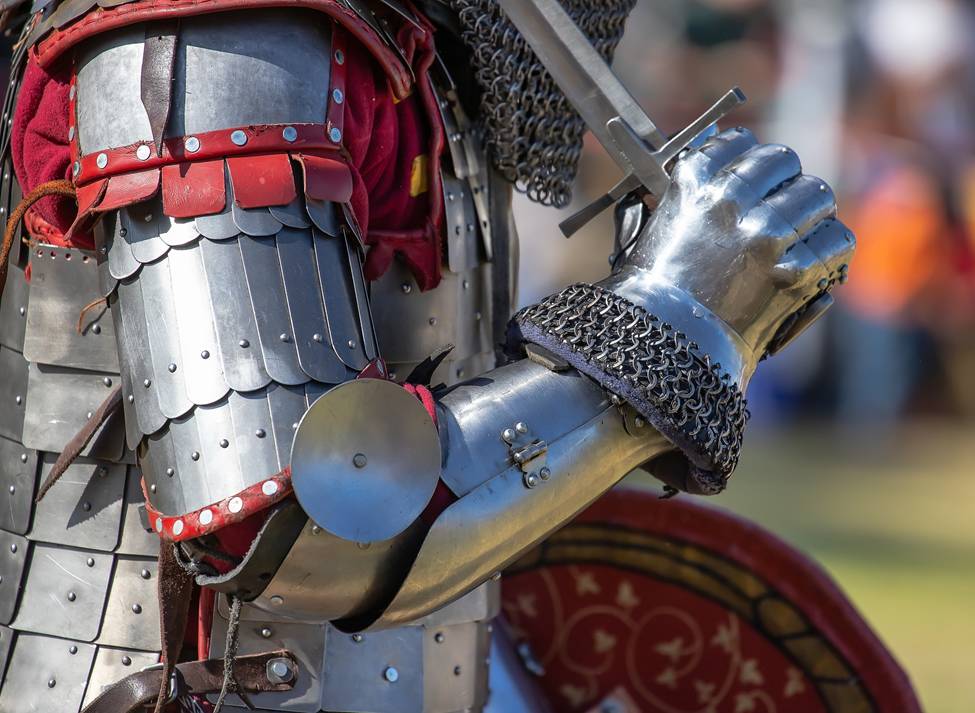

Gear Up with a New Battle-Ready Crusader Sword or Greatsword from True Swords
These are among the most common positions, pursuant to classical Western swordplay, with which a Crusader sword or other cruciform sword, such as a greatsword or a bastard sword, might be used. Bookmark our blog so you never miss out on new and interesting information, and take a look through our collection of battle-ready swords if you’re looking to add something to your collection.
